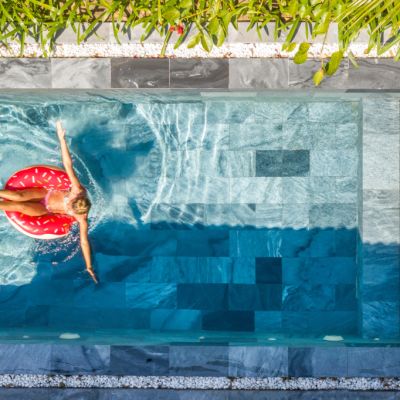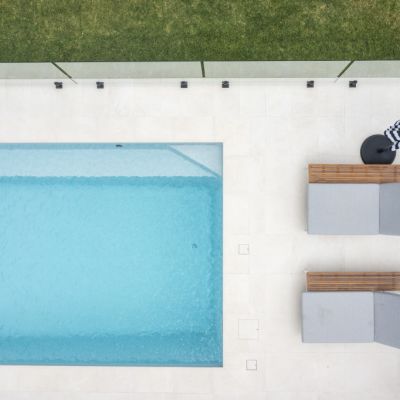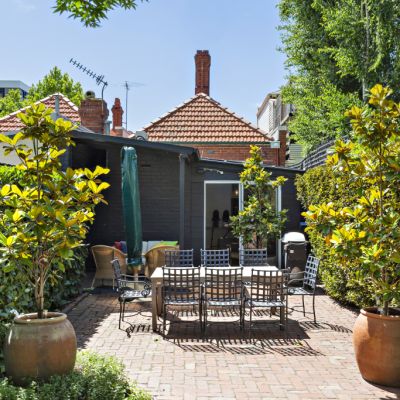Why a plunge pool is your ultimate summer solution
If you feel as though plunge pools are on the rise, you’re not imagining things. Whether it’s thanks to temperatures rising, yard sizes shrinking or tastes changing, more and more Australians are opting for smaller-scale pools.
Jon Neilsen, from nationwide company Plunge Pools Direct, has noticed an increased demand from inner-city home owners with small blocks and limited yard access.
“That’s where the plunge pool market has grown, and grown, and grown,” he says. “It’s grown a lot in the last year.”
The plunge pools of today have a lot to offer.
“Nowadays, they have seats in them, they have spa jets in them, you have filtration,” Neilsen says. “You [can] have magnesium as sanitisation, and the magnesium’s all about the health benefits … and they have heaters, whether that’s a gas-fired boiler, solar or a heat pump.”

Plungie chief executive Cam Levick believes the surge in demand is partly due to home owners wanting an outdoor area that can accommodate gardens, barbecues and fire pits instead of being overtaken by a large pool.
“What we’re finding is that people will put in a pool as part of a suite of items that they put in their backyard, rather than the old days of … all pool and maybe a little bit of grass,” Levick says.
Landscape designer Dave Franklin – well-known for his work on The Block – says plunge pools have come a long way in recent years and can introduce a soft and balancing element to landscaping.
“It’s a calming feeling,” he says. “It just gives you that extra dimension when you’re designing … it draws you in.”
There are plenty of other reasons for plunge pool popularity, starting with the fact they take up minimal space.
“[They’re] very suitable for apartments and the inner city,” Neilsen says, “but also very popular in acreage, where people have got an acre of land, or several acres, and just want something … easy to maintain and cost-efficient.”
He says plunge pools are generally around a third of the price of traditional pools. They range between $20,000 and $30,000, plus freight and crane costs, as well as any earthmoving work that may be required.
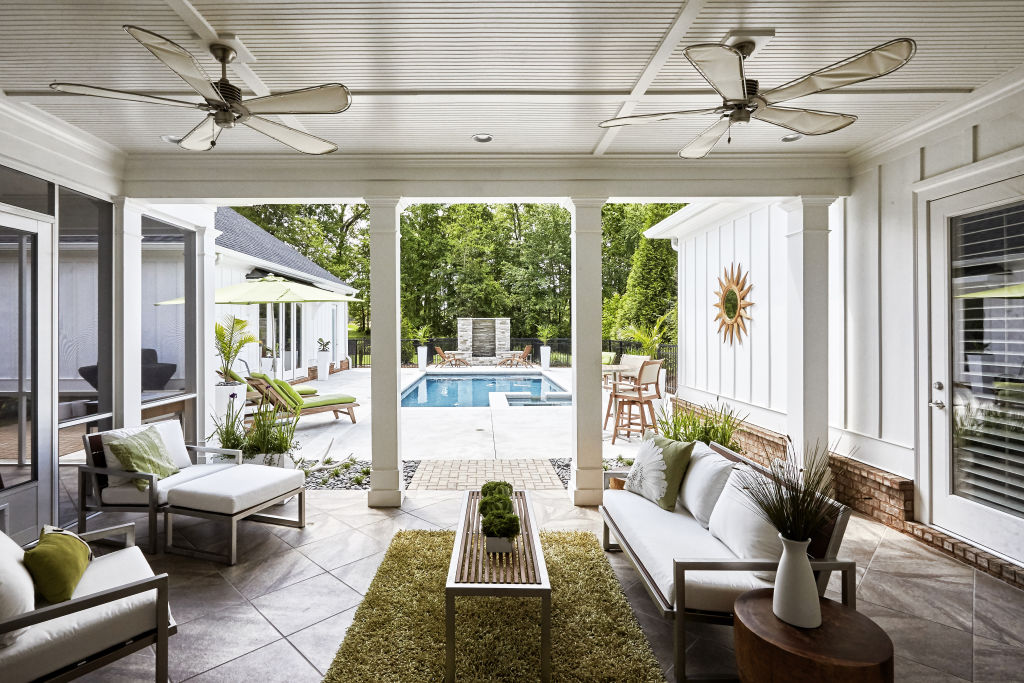
“If you’re digging a hole and you’re running into rock, it’s all of those unknowns,” Levick says. “If you’re putting it above ground then that’s really easy and quite a cost-effective way to do it — but not every house is like that.”
From a maintenance perspective, the reduced volume of water in plunge pools means fewer chemicals (or minerals) are needed to keep them clean.
That is also one reason plunge pools are more environmentally sound than their larger counterparts. Others are: less water is required to top up the pool following evaporation; they use less concrete and can also often be placed on a crushed-rock base so they don’t require a concrete slab; and it’s quicker and cheaper to heat a smaller pool than a larger one.
While in-ground plunge pools are still the most sought-after, the above-ground variety is quickly gaining in popularity. Levick says that, even two years ago, 80 to 90 per cent of their installations were in-ground, whereas today it’s more like 60 to 70 per cent.
One of the other benefits of above-ground pools is, due to their strength and structure, they can be installed in sloping sites – thereby transforming tricky, unused spaces into entertaining areas. They are sometimes chosen because they’re less disruptive to the landscape (there might be, for example, tree roots the home owner wants to keep intact).
And if the pool sits at a minimum of 1.2 metres above ground, it doesn’t require a fence on all sides — which some home owners appreciate for aesthetic reasons.
“A lot of people don’t want fencing in their backyard,” Levick says. “So, a lot of people are choosing to have it above ground. It gives people a space saving but also a little more texture – people want a few more levels to be able to play with.”
Neilsen says their most popular pools are those that sit at the 450-millimetre mark – about the same height as a dining chair – because this allows people to sit beside the pool and socialise with those bathing.
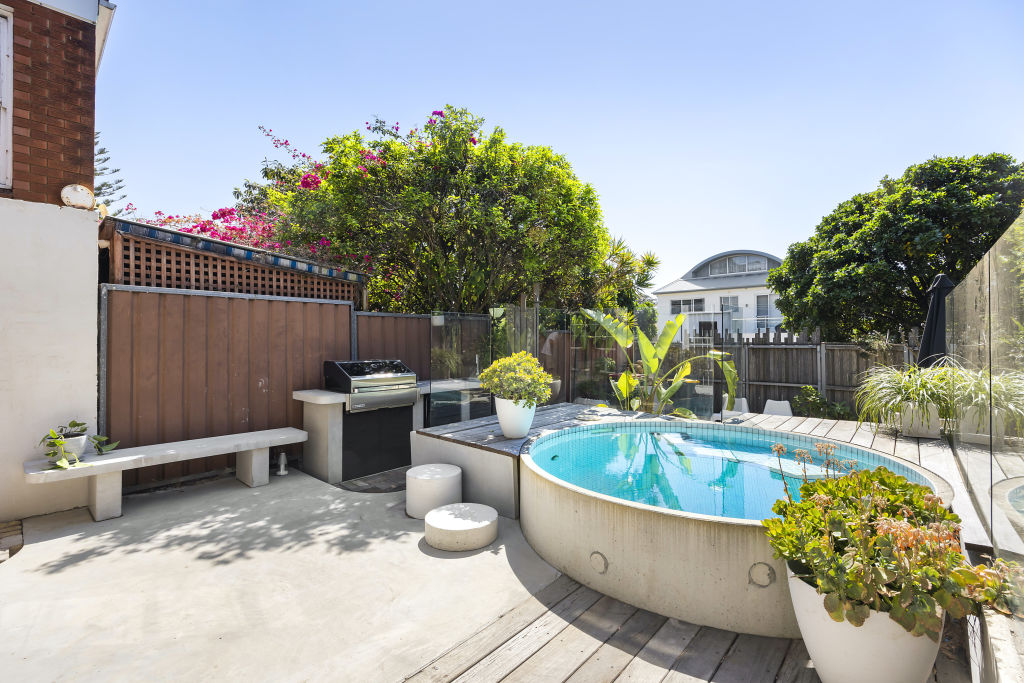
Of course, there are many home owners who still favour the sleek, minimalist look of in-ground pools.
Levick says the main reason people opt for their plunge pools is that they’re 74 per cent faster to install than traditional pools. These days, plunge pools are mostly prefabricated using precast concrete, which means their lead time is only a few weeks and their installation usually takes one day.
As for whether plunge pools are a trend, Franklin has a simple answer.
“It’s a trend that’s here to stay,” he says.


We recommend
We thought you might like
States
Capital Cities
Capital Cities - Rentals
Popular Areas
Allhomes
More
